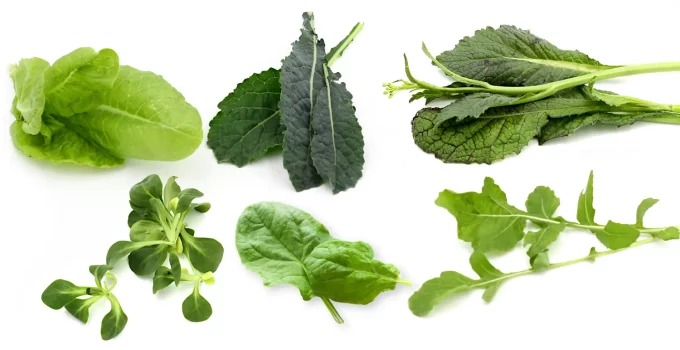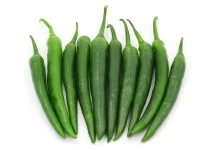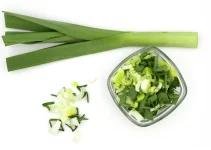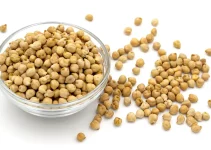Finding substitutes for watercress and other leafy greens is quite easy.
For example, if someone doesn’t like raw baby spinach in their salads, they can just use whatever lettuce variety they want. Or watercress and kale. Or they can use arugula if they want a more peppery taste. And the list can go on.
If some people don’t like arugula, they can choose a bunch of arugula substitutes, like lettuce, baby spinach, watercress, kale, collard greens, mustard greens, basil, etc.
What I’m trying to demonstrate with my examples is that the world of leafy greens is absolutely wonderful and complex. We absolutely have to include it in our diets.
Moreover, the world of leafy greens is pretty much interchangeable.
In this universe, we can easily find substitutes, whether we need alternatives because we don’t like a certain green or because it’s not that easy to find where we live. No matter the reason, substituting watercress is not going to pose a problem for a large majority of people.
We can also use leafy greens to make delicious juices. You can learn more about that in my reviews for the best juicer for cabbage.
Table of Contents
The Main Substitutes for Watercress
- arugula (rocket) – if you want a similar taste this is the best substitute for watercress
- lettuce – a fantastic substitute if you want a mild-flavored classic leafy green that is easy to find during all seasons
- baby spinach – a more neutral-tasting substitute for a wide variety of recipes: salads, smoothies, soups, sandwiches, stir-fries, etc.
- kale – a dark leafy green, the same as watercress, but with a sweet flavor and the same versatility of baby spinach
- mizuna – Japanese mustard greens, native to East Asia, similar in flavor to watercress and arugula but it’s mildly sweet and spicy
- nasturtium leaves – known as Indian cress, nasturtium leaves has a sweet and peppery flavor, a fantastic ingredient for those who have access to it
- collard greens – similar to kale in terms of texture and taste, can be used in smoothies, juices, stir-fries, stews, soups, side dishes
- dandelion greens – a flavor similar to chicory, bitter, earthy, nutty and peppery flavor that resembles watercress and arugula a bit, just more bitter
- Swiss chard – when cooked, they’re mild and sweet, similar to spinach; eaten raw, the leaves are bitter
- mustard greens – not my favorite substitute, it has a quite strong flavor, a bit bitter, and it’s not as versatile as baby spinach
- radicchio – neither a lettuce nor a cabbage, an interesting ingredient for those enjoying a chicory flavor in their dishes, it’s also called Italian chicory
- Napa cabbage – it can work as one of the best substitutes for watercress in stir-fries, noodle dishes, soups, and salads
What Does Watercress Taste Like?
If you want to place the taste of watercress in the world of leafy greens, it would be similar to arugula. Just from this info alone, you can certainly understand why it’s one of the most recommended watercress substitutes.
Watercress is characterized by a peppery taste.
It belongs to the mustard family (Brassicaceae). That’s another clue for imagining how it tastes.
Besides watercress, other plants that belong to the mustard family are: mustard (greens), arugula (rocket), collards, kale, horseradish, wasabi (Japanese horseradish), radish, turnip, broccoli, Brussel sprouts, cabbage, cauliflower, etc.
Another way to categorize watercress is that it is considered a dark leafy green.
Other dark leafy greens are: arugula, collared greens, kale, mustard greens, Swiss chard, bok choy, dandelion greens, turnip greens, rapini (broccoli rabe).
Does watercress have a strong taste?
I would say yes. You either love it a lot or you can’t stand the peppery taste. Or maybe you can swallow a couple of leaves if you find them in a mixed salad but you’re still not a big fan.
Check out this article if you want to see how kids react to a watercress smoothie.
According to that same article, Roman emperors ate it to help them make bold decisions. However, they also called watercress “twisted nose” because that’s the face they pulled when they were eating it. Such childish emperors, wouldn’t you say? Eventually, the Roman Empire disintegrated, maybe the explanation is that they stopped eating watercress.
Anglo-Saxons considered watercress capable of spring cleaning the blood. It is assumed that the belief comes from the peppery taste.
The peppery taste can also have a cooling effect. It’s great for salads during the hot summer months or for making very cold smoothies.
The most interesting information is that in the study Defining Powerhouse Fruits and Vegetables: A Nutrient Density Approach by Jennifer Di Noia, PhD watercress was found to have a 100.00 nutrient density score.
Thus, this leafy green got the highest mark for nutrient density and it’s the only one with the 100 score.
Chinese cabbage, chard, beet green, spinach, chicory, leaf lettuce, parsley, romaine lettuce, collard green are just some of the few vegetables and greens that received pretty high nutrient density scores.
12 Substitutes for Watercress: In-Depth Guide
I’ve already included the bullet list of substitutes for those who just want to quickly be on their way to make their recipe.
It’s time to now dive into these substitutes and see how they differ or what similarities these leafy greens share with watercress.
1. Arugula (rocket)
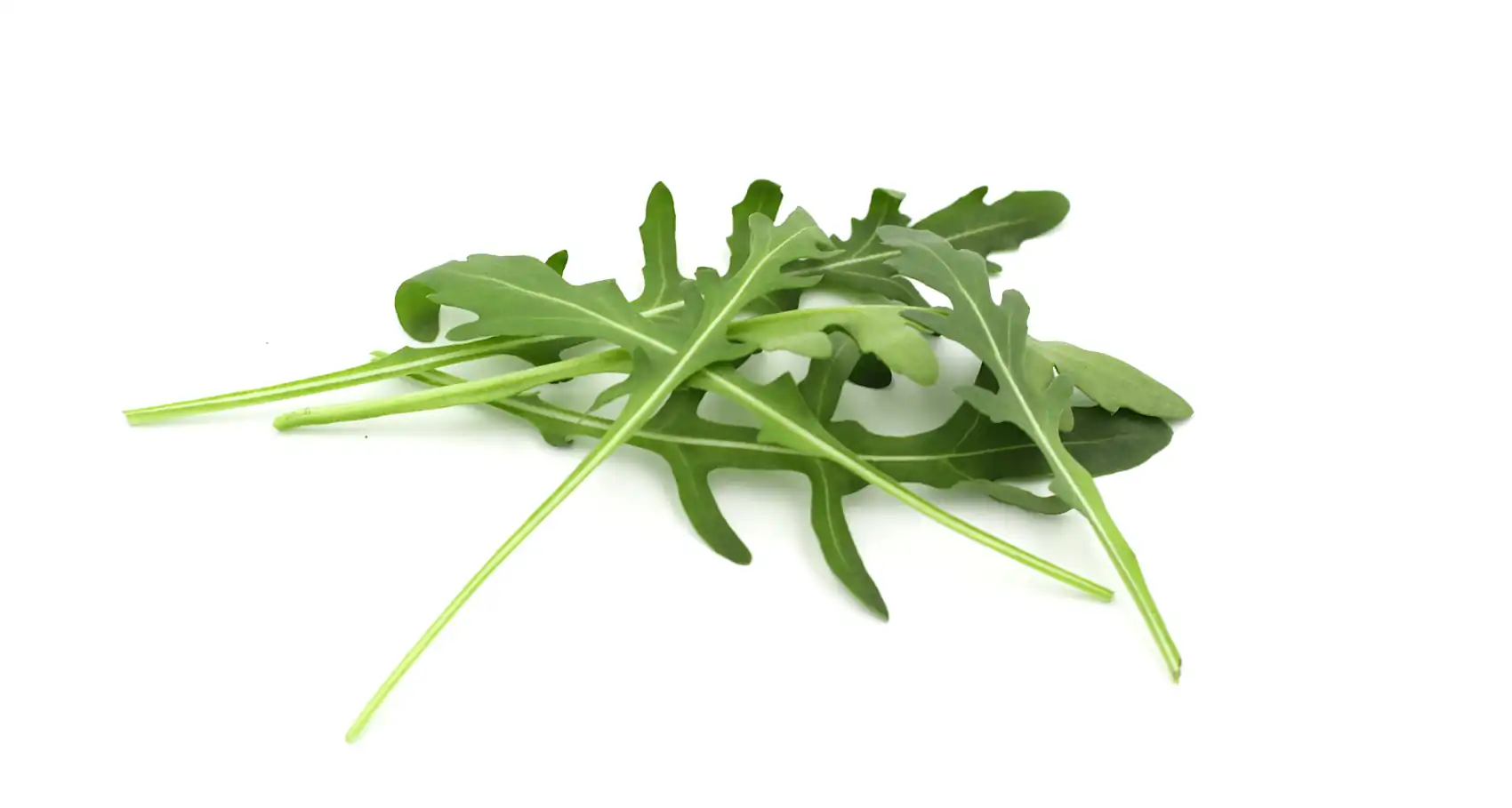
Let’s start with the watercress substitute that has the highest resemblance when it comes to taste.
Arugula will work as the perfect substitute in all kinds of recipes that require watercress. If you want a similar taste, this is it.
These two dark leafy greens belonging to the mustard family are interchangeable. They’re also very delicious with their bold, peppery, spicy, slightly tart flavors.
They manage to taste fresh and peppery at the same time, which is why these are my favorite greens when I’m eating prosciutto. Add a bit of parmesan cheese and you’ll be in heaven.
I would also like to mention that arugula is much more easily available around the globe. In the last few years it has become increasingly popular and it’s included in many dishes.
I wouldn’t say that watercress shares the same popularity. It’s not mentioned as frequently. Which means that it’s pretty hard to find everywhere on the planet all year round.
You’ll have a higher chance of finding arugula in your supermarket every month of the year. The price is decent and it’s sold in considerable quantities. It’s a great deal.
Or you could start growing your own leafy greens. They certainly constitute some of the easiest and fastest plants that we can grow even indoors.
2. Lettuce
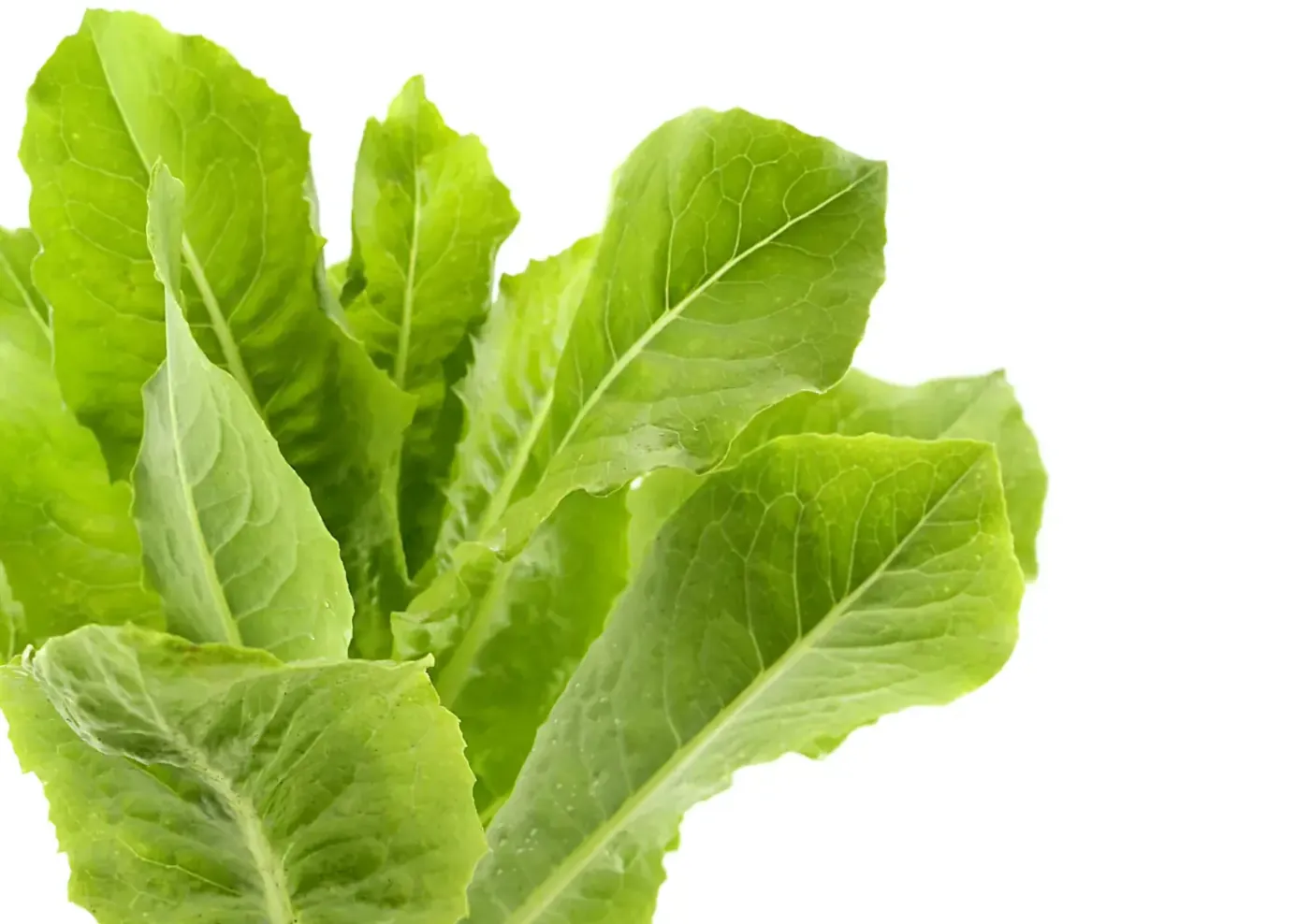
If you’re making sandwiches and salads and you don’t like the taste of watercress, then just use lettuce instead.
I don’t know a single person who doesn’t like lettuce so I’m guessing that this leafy green will be a complete winner for lots of people.
Moreover, we can absolutely find lettuce all-year round without it costing too much.
Another advantage is that we can also choose between different lettuce varieties.
Even if we’re using lettuce as one of the best substitutes for watercress, it doesn’t mean that the dishes will taste boring. They’ll be absolutely delicious.
3. Baby spinach
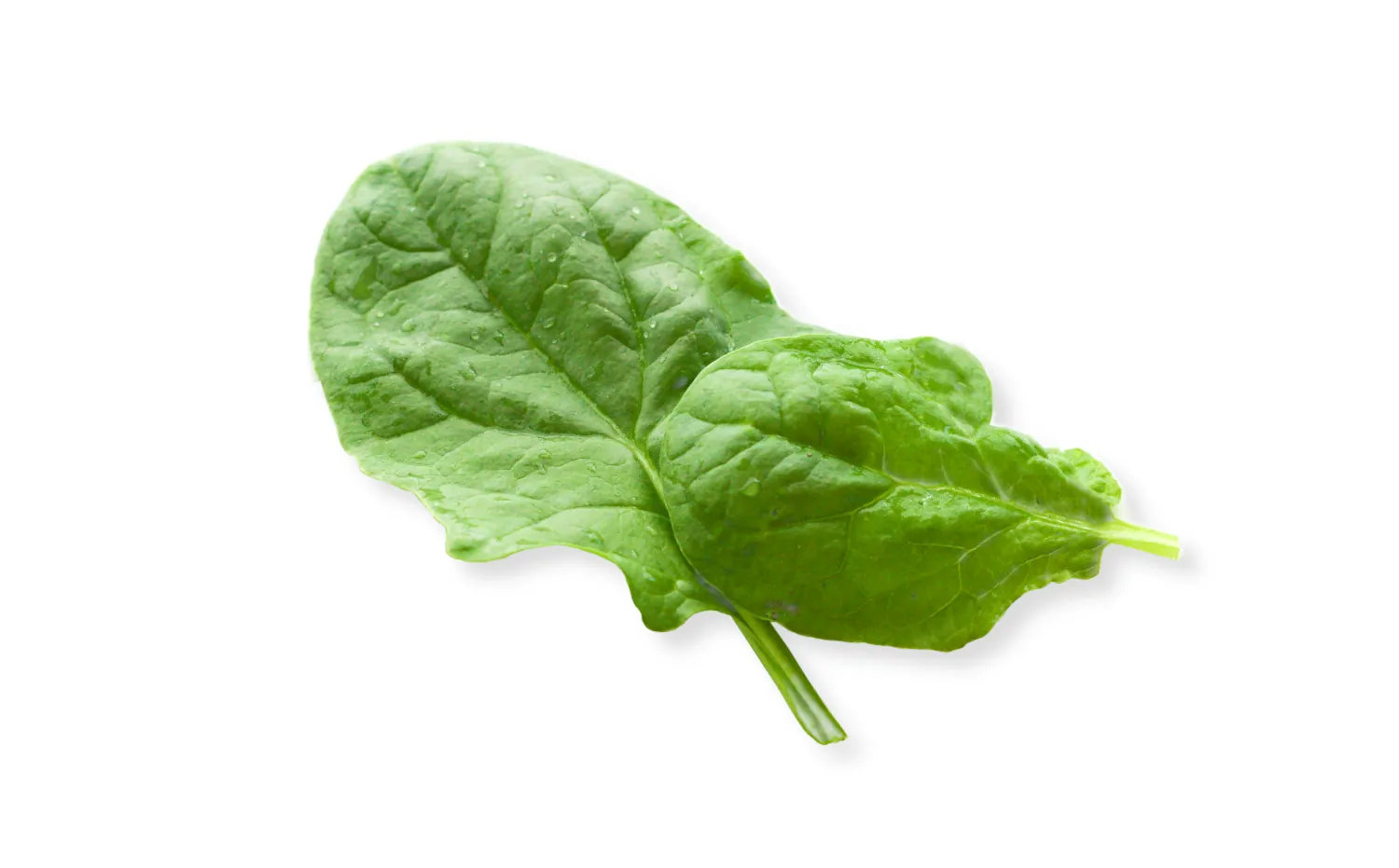
Baby spinach doesn’t have that much of a taste but I love it in absolutely everything.
I love it in soups, smoothies, raw in salads, in stir-fries, as a pizza topping, as a quick-to-make side dish, in sandwiches, in a lot of pasta dishes, omelets, and the list can go on and on.
As you can see, it’s one of the most versatile leafy greens.
The taste is mild so most people will love it.
We can also get fresh baby spinach all-year round. The price is decent also.
Simply put, it’s one of my favorite watercress substitutes because it’s so easy to cook, delicious, and very easy to find in supermarkets at a good price.
4. Kale
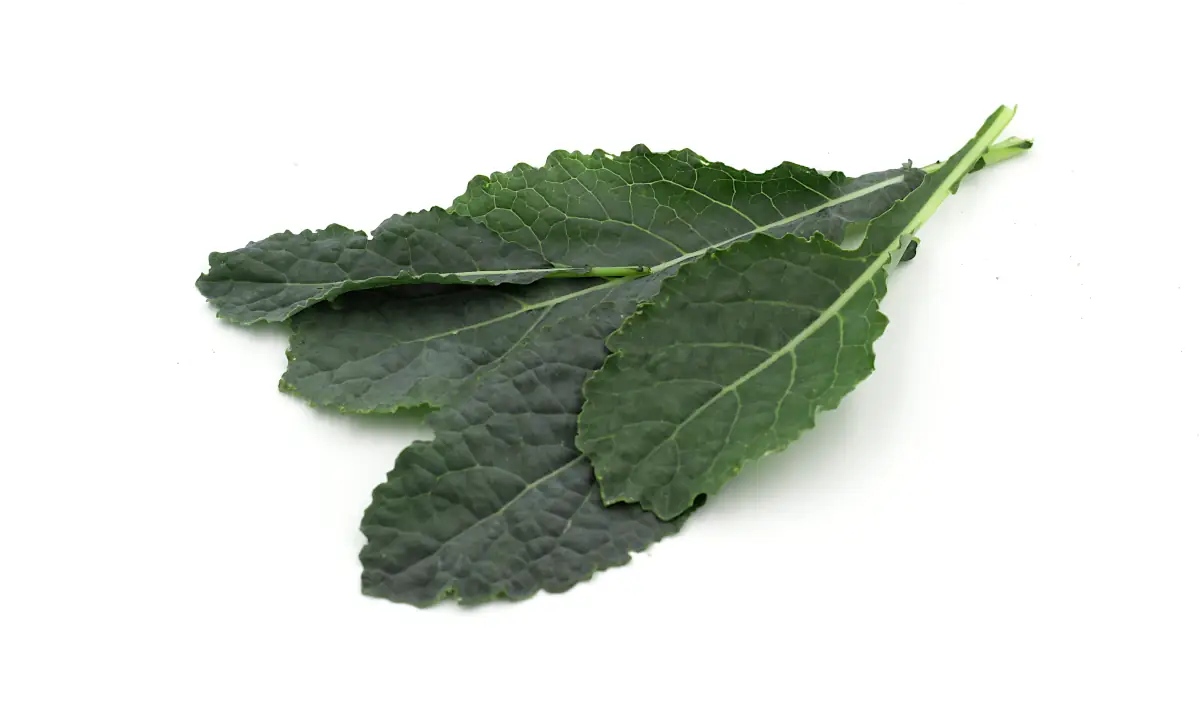
There was a time where all we would come across were kale recipes. It seemed as if people were only interested in this ingredient.
That exploding popularity had one very good outcome: it became available throughout the year in more places around the globe. However, in many places it can’t be considered a cheap ingredient.
Thus, if you’re on a budget, baby spinach will be a better choice.
Kale has a sweet flavor so it will be liked by many. It’s certainly an awesome watercress substitute if you’re looking for a sweeter flavor, an awesome texture, and if you’re tired of always using baby spinach.
It can be eaten raw, it’s great for smoothies, and it’s easy to cook. In terms of versatility, kale is on the same level as baby spinach.
You can use either or both and you’ll be really happy with the results.
5. Mustard greens
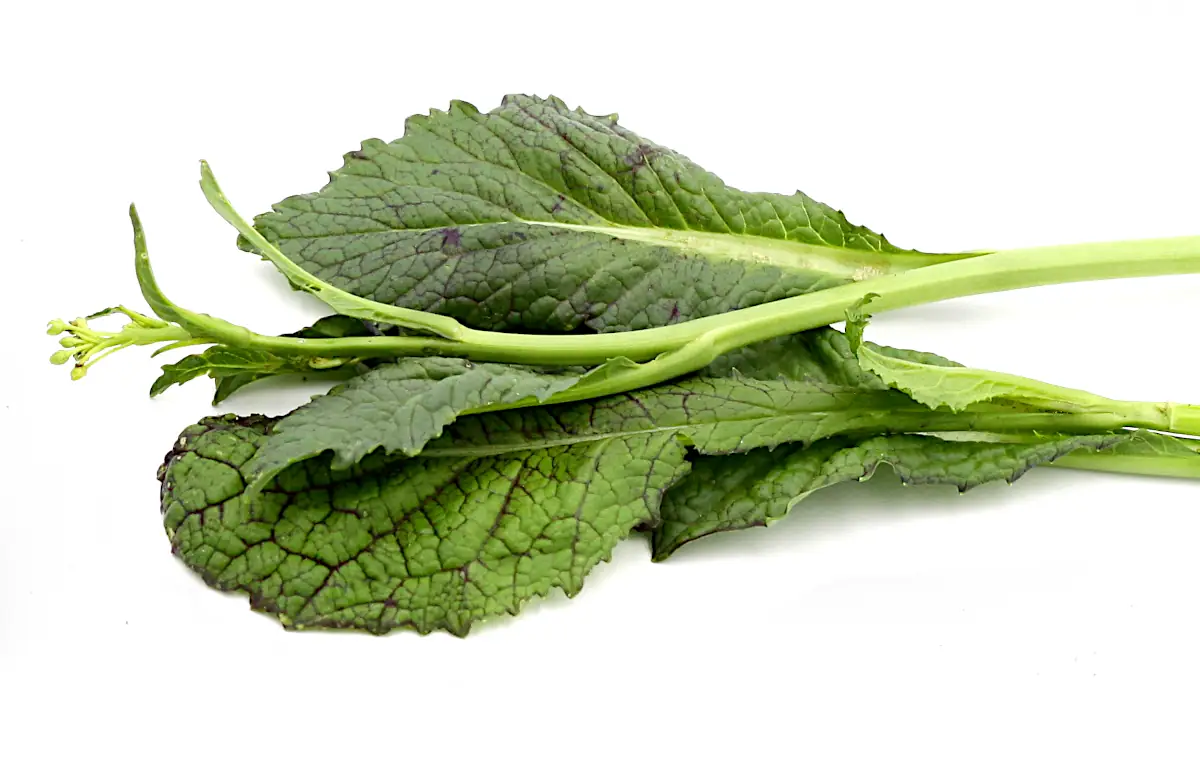
We cannot talk about a dark leafy green that belongs to the mustard family without mentioning mustard greens.
If you think that watercress is an acquired taste, I consider mustard greens to be even more so. They have a peppery, pungent and a bit bitter flavor.
The peppery flavor is certainly common ground with watercress but I find watercress and arugula much more delicious when eaten raw.
I can tolerate raw mustard greens but I’m not the biggest fan. My boyfriend loves them so don’t base your decisions on my personal preferences.
I am certainly a bigger fan of mustard greens if they’re cooked with lemon juice to cut the bitterness.
After that, we can enjoy them in a variety of dishes (salads, pies, sautéed with bacon) or as a simple side dish. Red pepper flakes will always make a mustard greens side dish a pleasure to eat.
6. Nasturtium leaves
I’m absolutely convinced that not a lot of people will have access to nasturtium leaves. I imagine that it’s easier to find watercress than nasturtium leaves.
Well, for those few who do have access to these leaves, you should know that they have a mild peppery flavor. That’s the main reason why I wanted to include this unusual ingredient on this list of substitutes.
7. Collard greens
If you want to understand what role collard greens can play, just think of the fact that collard greens can replace kale.
These two are similar both in terms of texture and flavor.
You can use collard greens in a wide variety of ways. They can be eaten both raw and cooked. Cooking them is more common but they can certainly be an ingredient in salads.
You can use them in stir-fries, for making soups and stews, for juices and smoothies, in salads.
8. Dandelion greens
Dandelion greens are similar to chicory. Their flavor is sharp, bitter but it also has notes of black pepper, like arugula and watercress.
They’re similar to radicchio or endives.
Still, they’re a bit more difficult to love. Some people will not like them.
The best way to really enjoy dandelion greens is to prepare them using plenty of olive oil or bacon grease and add acids like lemon juice or vinegar to tame the bitterness.
9. Swiss chard
What I love about Swiss chard leaves is their colorful stems. They’re such a joy on a plate if you get an assortment of reds and yellow stems.
I absolutely recommend that you cook Swiss chard leaves and stems if you want them to have a mild and sweet taste.
When it’s cooked, it resembles spinach. You might end up loving it more than spinach. A simple sautéed chard will make the perfect side-dish for a colorful, healthy meal.
10. Mizuna
This is for those who are looking for a leafy green with a more exotic name.
Mizuna also belongs to the mustard family. And it has a similar flavor to watercress and arugula. It also resembles arugula a bit.
While it has become more popular and more people have heard of it, it’s still not at the point where it’s easily available around the globe.
For now, it’s easier to find mizuna in salad bags.
11. Radicchio
Speaking of bitter ingredients, can we really end this article without mentioning radicchio? Radicchio is also called Italian chicory. Just by mentioning chicory, you’ll immediately know that it’s bitter.
It won’t be the most popular substitute. And it also won’t be the easiest to find if you want to buy it as an ingredient to cook with. But it deserves a quick mention.
Most of us have enjoyed radicchio only as a few leaves thrown in a mixed salad bag. You might have liked it or you might have put it aside.
While I don’t enjoy raw mustard greens very much, I actually enjoy a bit of radicchio in my salads.
It is a bold, bitter green that can be a bit sweet. However, I’m probably the only person that ever said that radicchio might be a bit sweet. I just like it and I’m probably in the minority.
I like this article that calls radicchio the bittersweet green because it fits perfectly
The leaves are actually red and it’s one of the reasons why I like it. The same article also includes a grilled radicchio recipe so check it out if you’re curious.
Don’t go thinking that radicchio is the best substitute for any leafy greens. It’s really not but it’s something to keep in mind if you have unusual tastes and you’re looking for not-so-conventional flavors.
12. Napa cabbage (Chinese cabbage)
I wouldn’t say that Chinese cabbage and watercress have much in common when it comes to flavors.
However, Chinese cabbage is a favorite ingredient for stir-fries and noodle dishes. It has the most wonderful sweet flavor. It means that it goes well in soups and salads, too.
If those are the dishes you’re searching substitutes for, I would say that Napa cabbage will be a wonderful replacement. And much easier to find in supermarkets.
For those kinds of dishes, centered more around Asian cuisine, if you can’t find Napa cabbage, you can just use bok choy, choy sum, green cabbage, Savoy cabbage and kale.
Popular watercress recipes
We’ve already established that you use watercress in smoothies and juices. You’ll certainly find plenty of ingredients combinations online. Smoothies with watercress can be quite refreshing in the summer.
Salads are an obvious choice for leafy greens that are eaten raw. Once again, the variety of watercress salads can be overwhelming. Start with the most simple ones and work your way up.
Soups are another dish where you can add leafy greens in whatever combination you enjoy.
But you can also use it to make pork paella, stir-fries, Chinese watercress soup with pork ribs, pesto, sauces, omelets, watercress meatballs, as topping on pizza, watercress wonton soup, leek and potato soup with watercress, sautéed, hamburger watercress, and in sandwiches.
Without a doubt, it’s a versatile dark leafy green but so are all the substitutes for watercress that I recommended above, you certainly have plenty of alternatives to choose from, no matter what you’re cooking.

